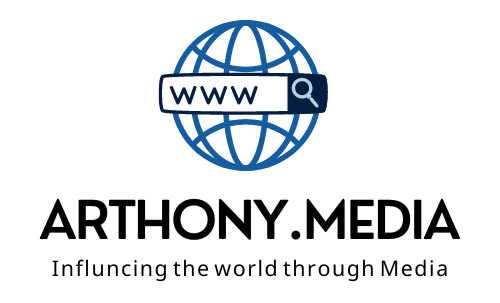Public Domain refers to a legal and intellectual property concept that defines a category of creative works and knowledge that are not protected by copyright, trademark, or patent laws. When a work or intellectual property falls into the public domain, it means that it is no longer subject to the exclusive rights and ownership of the original creator or copyright holder. Instead, it becomes freely available for the public to use, share, and build upon without the need for permission or payment of royalties.
Here’s a more detailed explanation of the concept of public domain, referencing the information from the two provided websites:
1. Britannica’s Explanation:
According to the Britannica article on “public domain,” creative works and intellectual property may enter the public domain through various means. These means typically include:
- Expiration of Copyright: Copyright protection has a limited duration, after which the work enters the public domain. In many countries, the duration of copyright protection is the lifetime of the creator plus a specified number of years (e.g., 70 years in some jurisdictions). After this period, the work becomes part of the public domain.
- No Copyright Protection: Some works are not eligible for copyright protection from the outset. For example, facts, ideas, and works created by government employees as part of their official duties are often considered public domain from the beginning.
- Dedication to the Public: Creators can choose to voluntarily dedicate their work to the public domain by waiving their copyright rights through mechanisms like Creative Commons licenses that allow for free use and redistribution.
- Expired Patents: In the case of patents, inventions or innovations eventually enter the public domain once the patent term expires.
- Failure to Renew Copyright: In some cases, the failure to renew a copyright registration can result in a work falling into the public domain.
2. Wikipedia’s Explanation:
The Wikipedia page on “public domain” provides a comprehensive overview of the concept. It explains that the public domain encompasses various types of creative works and intellectual property, including literary works, music, art, inventions, and more. It emphasizes that public domain works are not subject to copyright, which means they can be freely used, copied, modified, and distributed by anyone without seeking permission or paying royalties.
The Wikipedia page further outlines the principles of copyright law and the criteria for a work to enter the public domain, including copyright expiration, lack of originality, and dedication to the public. It also discusses the international aspects of the public domain, as copyright laws may vary from one country to another.
In summary, the public domain is a legal and intellectual property status that liberates creative works and knowledge from copyright restrictions, making them accessible to the public for various purposes, such as education, research, creativity, and innovation. This concept plays a crucial role in promoting the dissemination of information and cultural heritage while allowing for the creation of new works built upon existing ones.
Here is a list of public domain websites where you can access a wide range of free and legally available content:
- Project Gutenberg (www.gutenberg.org): Project Gutenberg offers over 60,000 free eBooks, including many classic literary works.
- Internet Archive (www.archive.org): The Internet Archive provides access to millions of books, movies, music, and more, including a vast collection of public domain materials.
- Wikisource (www.wikisource.org): Wikisource is a digital library of free content, including a significant collection of public domain books and documents.
- Public Domain Pictures (www.publicdomainpictures.net): This website offers a collection of public domain images that can be used for various purposes.
- Pixabay (www.pixabay.com): Pixabay provides a large repository of high-quality public domain images and videos.
- LibriVox (www.librivox.org): LibriVox offers free audiobooks of public domain works, read by volunteers from around the world.
- Public Domain Review (www.publicdomainreview.org): This platform curates and showcases a wide range of public domain materials, including images, texts, and historical artifacts.
- HathiTrust Digital Library (www.hathitrust.org): HathiTrust offers access to a vast collection of public domain books and documents from libraries around the world.
- Europeana (www.europeana.eu): Europeana provides access to millions of artworks, books, and other cultural heritage items from European museums, galleries, libraries, and archives.
- NASA Image and Video Library (www.images.nasa.gov): NASA’s library offers a wealth of public domain images and videos related to space exploration and scientific research.
- U.S. Government Publishing Office (GPO) (www.govinfo.gov): GPO provides access to a wide range of U.S. government publications and documents in the public domain.
- Library of Congress Digital Collections (www.loc.gov/collections): The Library of Congress offers numerous digital collections containing public domain materials, including historical photographs, maps, and manuscripts.
- Smithsonian Open Access (www.si.edu/openaccess): The Smithsonian Institution provides access to its vast collection of public domain images and data.
- National Gallery of Art Open Access (www.nga.gov/collection/open-access.html): The National Gallery of Art offers high-resolution images of public domain artworks for free download and use.
- Open Music Archive (www.openmusicarchive.org): This website offers a collection of music recordings and compositions in the public domain.
Please note that while these websites offer public domain content, it’s essential to verify the usage rights and licensing terms for each specific resource you intend to use, as some materials may have certain restrictions or conditions.

